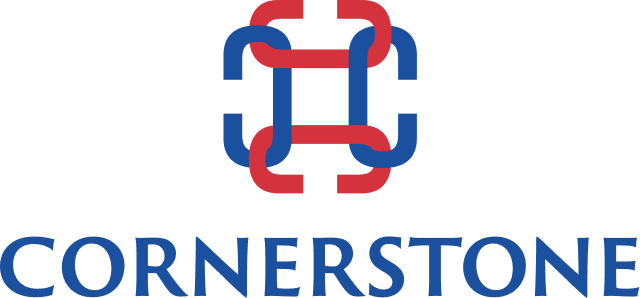Hiring Top Talent: Why You Need a Weighted Feedback Form
Editor’s Note: This is the sixth in a series by Ralf Knegtmans of Cornerstone Amsterdam, author of the recent book Agile Talent: Nine Essential Steps for Selecting Tomorrow’s Top Talent.
After years in the executive recruitment field I have come to believe that the proper theoretical background and sufficient practice can help anyone to improve their selection skills. All that is required is a true interest in recruitment paired with a willingness to examine several crucial stages of the selection process. Most of them are hardly rocket science, but some still require more attention than others.
One of the elements that requires extra focus is the use of the feedback form and, more particularly, the weighting of the selection criteria. These are the five or six skills, personality traits and motivational needs discussed earlier in my columns. These criteria are assembled as a joint effort of the selection team and lay the foundation for your focused interview. Most criteria are not equally significant or compelling when you are filling a position, which is why it makes sense to apply weighting.
The best time to do this is when you are deciding on the actual criteria. At that moment your reasons and deliberations are fresh in your mind and all the relevant people are in the session. If you want to do this job well, be sure to include immediate associates and team members in the discussion in addition to the relevant manager.
Ask the assembled group to list the key success factors on a scale from 1 to 5 with 1 being the least important requirement. Most of the time two or three of the (five or six) requirements will score a five. Preferably, you should be compelled to strongly differentiate between the requirements and avoid the temptation to award the bulk of them average significance. When people first start working with this method, they usually find it hard to vary the weighting of the criteria. Nor do they succeed in reaching a consensus straight away.
“If you change the way you look at things, the things you look at change!”
Wayne Dyer, author and psychotherapist
One of the advantages of working with very transparent selection criteria (reflected in your weighted feedback form), is being able to offer candidates a better explanation as to why they do not qualify for the job. This more transparent selection process avoids any charge of subjectivity or nepotism.
A second advantage is that it gives you an opportunity to supply your customers with detailed management information on each candidate interviewed or presented. A third is that the selection committee and others involved in the decision are obliged to pay close attention to crucial or non-negotiable criteria. Our firm has encountered several instances of clients believing they had reached a consensus, when it turned out they did not agree on various elements and in fact had divergent job descriptions in mind.
When this happens, it is highly unlikely they will reach an identical judgement, and it is back to the drawing board for everyone.
Completely new job
Sometimes a description of the criteria results in a completely new job description. I remember the time we were approached to search for a Marketing Director for an international transportation company. We discovered when determining together the criteria for the focused interview that they were really looking for a Business Development Director.
Every new search calls for a thorough examination to discover what is at the heart of the position, to uncover which criteria are crucial or non-negotiable, and to provide reasons for those criteria. At first you will likely have some difficulty defining the five or six ultimate criteria for the position that you simply refuse to compromise on.
Devising an effective form for your feedback which includes weighted or categorized criteria, is something of a repetitive journey. Your level of understanding will grow as you become more astute at drawing up the criteria and subsequent weighting. This is a perfect match for agile ways of working: try a lot of stuff and keep what works. As you try a variety of things, you continue to adjust your method based on your experience and the latest information.
Method of ‘blind analysis’
One way to increase the agility and objectivity of your feedback form is to separate the people who devise the criteria and have those who are going to conduct the interview decide the weighting. Physicists call this method ‘blind analysis’. It results in less bias and prejudice, something you should always aim for while selecting the best people for your company or customers.





